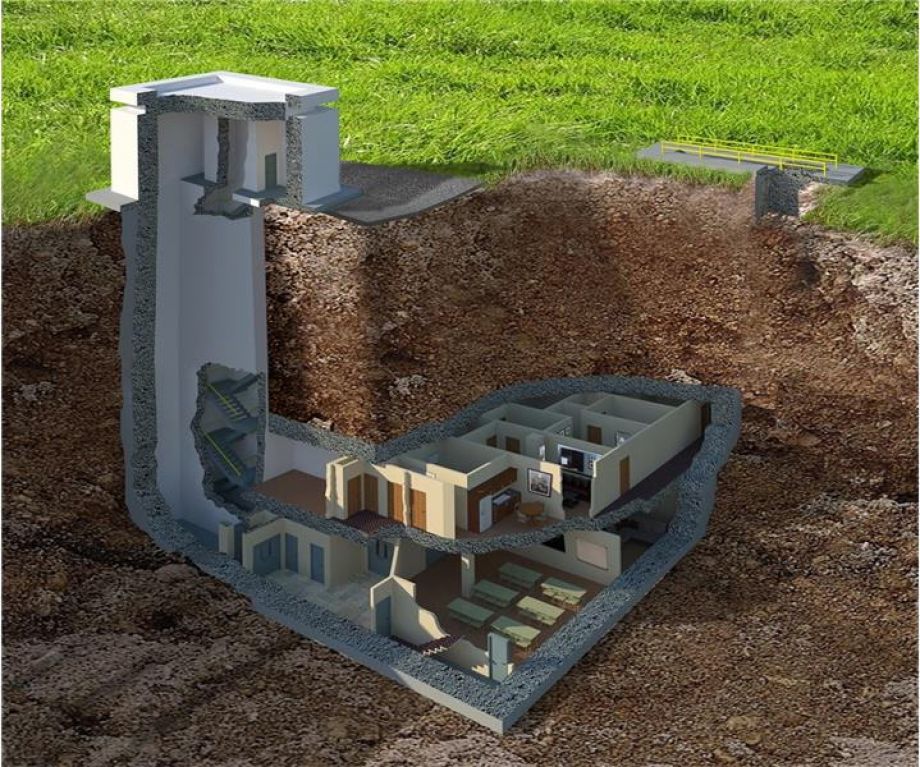In October of 2014, there was an article in the Irish Times about a secret underground bunker in the state of George in the U.S. that could supposedly survive a twenty kiloton nuclear bomb explosion. In July of 2015, the Atlanta Journal-Constitution ran a story about "places in Georgia that you cannot visit." Then, in November of 2015, there was series of stories in the media about the bunker. Depending on the news source, the value of the bunker is between five million and fifty million dollars. It is reported that the bunker is currently for sale for seventeen and one half million dollars.
When reporters tried to track down the seller, they ran into a few problems. The address given as 123 Private Dr. was obviously fake. The listing on the Harry Norman real estate website gave the name of the seller as Sister Hood. Attempts to reach Sister Hood at the phone number given went to voicemail and were not replied to.
Online research yielded the real street address and more details about the bunker including the name of a real estate agent, Dany Koe of Colliers International, who had previously listed the property for sale. When contacted, Koe said that he had visited the property. He thought that the current asking price was too high. He had had the property assessed as worth nine million dollars, had listed it for seven million dollars and had only had offers up to three million over the several years that he listed it. The co-owner of the property said that they had decided to sell only part of the property where the bunker was located which was why the offers were so low. Now they are selling the entire property.
Koe posted information about the bunker in a CNN blog in July of 2014. He said that the bunker was constructed by the U.S. Army Corps of Engineers in 1969. The bunker cost around nine million dollars to build. It was apparently part of a network of similar facilities that were intended to insure government communications in case of nuclear attack. AT&T operated the facility into the 1990s until it was decommissioned after the collapse of the Soviet Union and the end of the Cold War. In 2009, a company named Bastion Holdings purchased the property and ran it as a training facility for government and military personnel. In 2012, the property was renovated for about two and a half million dollars and then listed for sale.
This might be the ideal home for someone with a lot of money and a fear of nuclear war. Unfortunately, if nuclear war did break out, merely being in a buried bunker would not insure survival. The bunker would have to be outfitted with an independent source of power, industrial air scrubbers and filters, and sufficient stocks of water, food and medicines to sustain the people living in it for years. Eventually, after the supplies ran out or the equipment broke down, the inhabitants would have to emerge. They would find a devastated radioactive landscape with polluted water, air and soil, and billions of people dead. So much for survival.
Cutaway artist's concept of the bunker:
